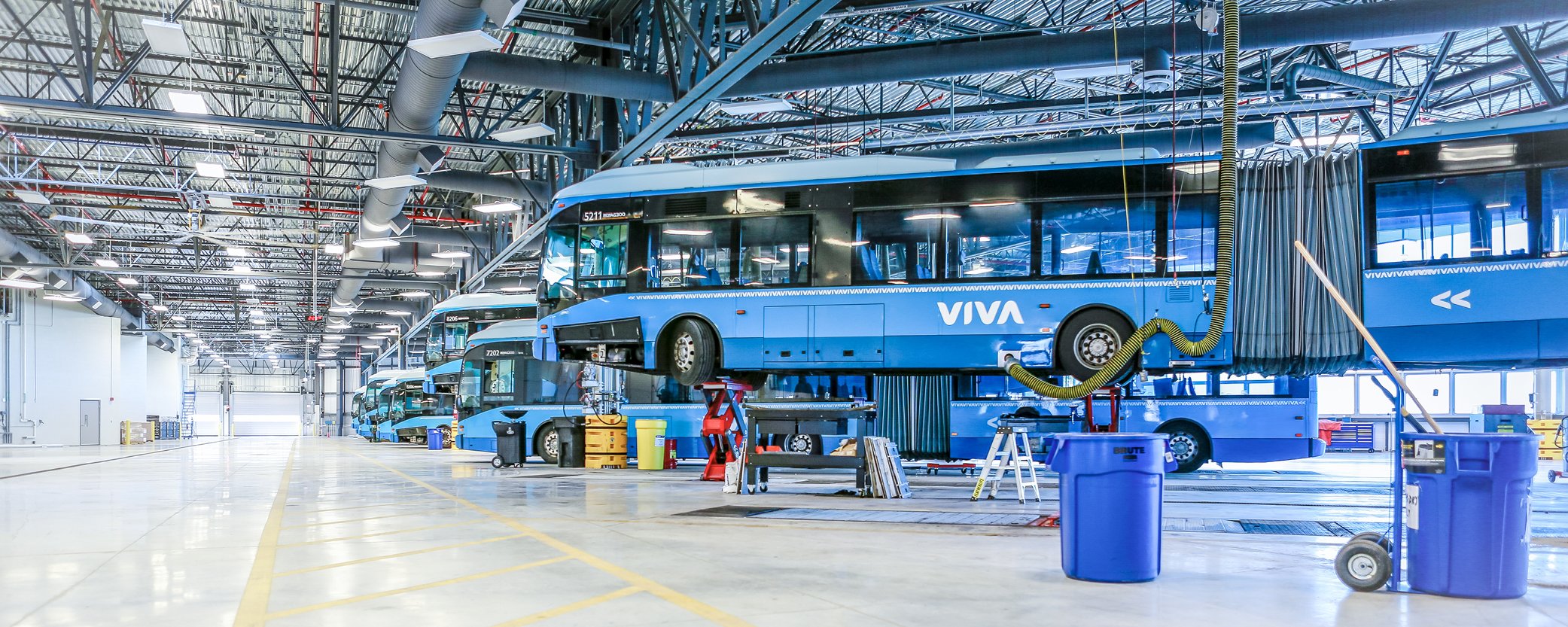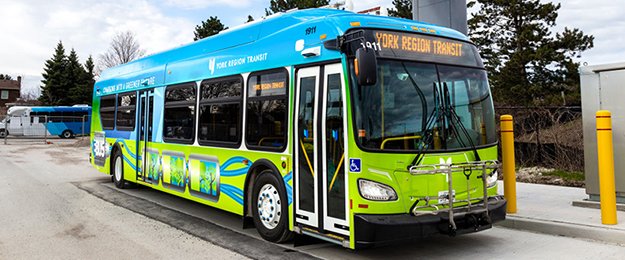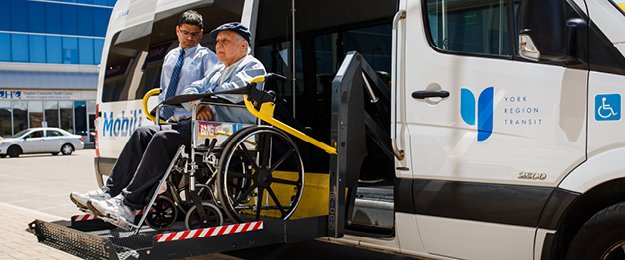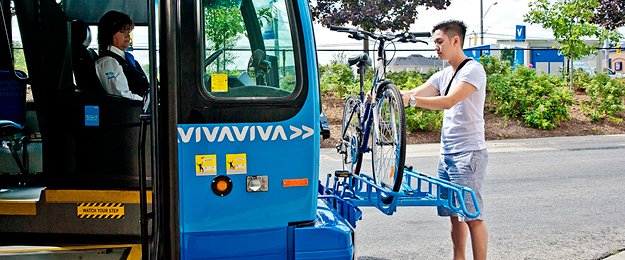
Vehicles

With over 500 vehicles in our fleet, YRT owns one of the largest bus fleets in Ontario. We strive to provide our customers with vehicles that are safe, clean and in reliable condition.
|
Vehicle Procurement - Conventional, BRT (bus rapid transit) and Paratransit |
|
YRT's five-year Conventional and Paratransit Bus Strategy (2022- 2026) is budgeted to accommodate expansion and replacement needs. YRT has partnered with Metrolinx in a joint Transit Procurement Initiative program for the purchase of specialized mobility vehicles. YRT staff participates in both the steering and technical Metrolinx committees. The benefits of participating in this process are:
|
|
Reliability and Safety - Maintenance Programs |
|
Transit buses procured (purchased) by YRT have a design life of 12 years as specified by the original equipment manufacturer (OEM). However, the Region's vehicle replacement strategy for 40-foot buses is 18 years. To bridge this gap, YRT conducts a mid-life overhaul at 10 and 11 year intervals, which aids in extending the lifecycle of the bus. The overhaul program includes interior and exterior body work, new flooring and seating, structural and cosmetic repairs, painting, and overhaul of the transit management systems cabinet. A major overhaul of the mechanical systems is also conducted, including engine, transmission, radiator, charge air cooler, drive axle assessment, brake relining, suspension replacement, auxiliary heater and air conditioning refresh. |
|
Pedestrian/Turn Warning Systems |
|
Due to YRT's commitment to high standards and improving safety measures, and through initial piloting of collision warning systems in 2016, YRT has now finalized a system that will be incorporated on new bus orders starting with battery electric buses. These systems are proactive in alerting the bus operator and/or pedestrians to be cautious. This new system detects people and objects in the path of the bus and alerts pedestrians in the immediate vicinity. |
|
Vehicle Health Monitoring |
|
All YRT vehicles have health monitoring (VHM) systems to assess the health and improve the maintenance standards of the fleet. These systems continually measure, monitor and report on the status of critical systems and components on the bus. The purpose is to identify faults or performance outliers and allow for corrective measures of these concerns before they become failures. |
Related Pages

In pursuit of York Region’s goal of zero GHG emissions by 2051, YRT is moving towards electrification of the bus fleet.

All YRT services are accessible, meaning all buses are low-floor accessible and/or equipped with a ramp.

YRT makes it easy for you to commute with your bike and take the bus to get to your destination.
